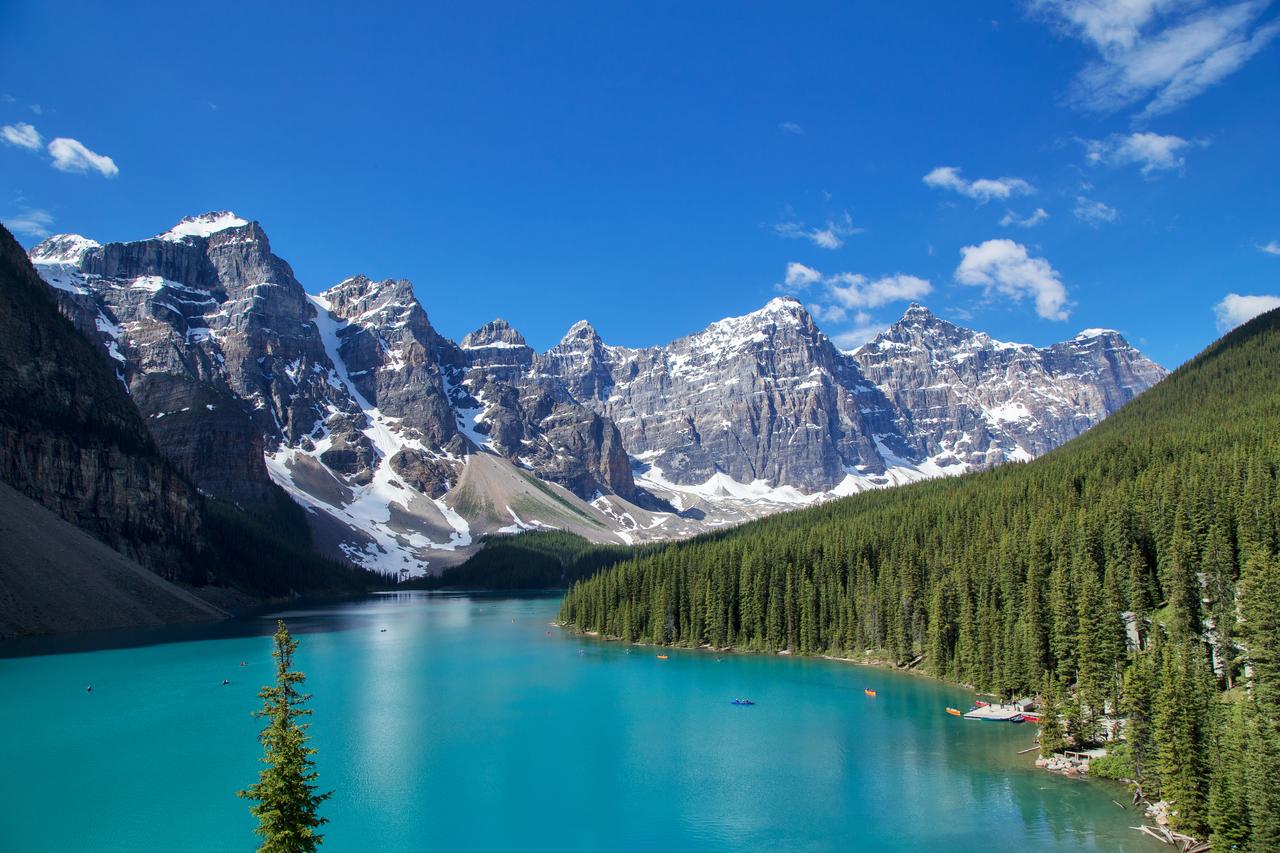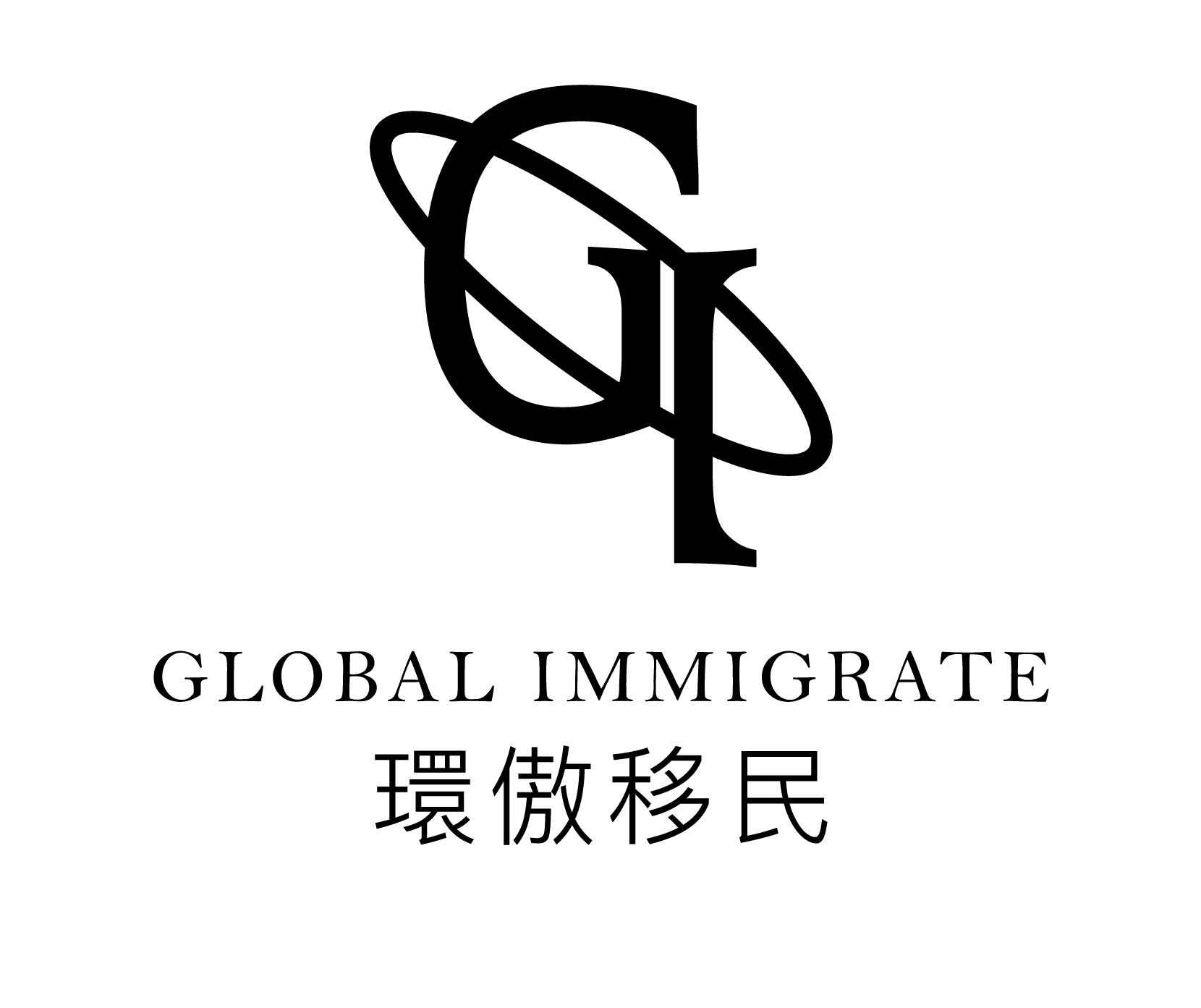
Getting to know about Canada
Canada is a country in North America that extends from the Atlantic Ocean in the east, to the Pacific Ocean in the west, and the Arctic Ocean to the north. Canada borders the United States. The geography of Canada is mostly plains with mountains in the west. Canada’s northeast faces Greenland, the Danish territory, the east faces the French Saint Pierre and Miquelon Islands, and the south and northwest border the United States. The border is 8892 kilometers long, making it the longest undefended border in the world. Canada is composed of ten provinces and three territories. It is also one of the countries with the largest number of domestic cities in the annual selection of the world’s best cities to live in.
Country: Canada is the second-largest country in the world, and shares the world’s largest border with its neighbour, the United States.
Population: Around 30 million citizens
Capital: Ottawa, Ontario
Language: The official languages are English and French. There are 16.9 million people who speak English as their mother tongue, 6.6 million people speak French as their mother tongue. According to recent census data, Chinese has become the third largest language group. At present, nearly one-fifth of the people can use both English and French at the same time.
National Flower: Since the eighteenth century, the maple leaf has been regarded as a representative of Canada. After the Canadian flag was finalized in 1965, the maple leaf became a symbol of Canada.
Currency: Canadian Dollar (Canadian Dollar, ISO 4217 currency code: CAD), also known as Canadian dollar or Canadian dollar, is the legal tender of Canada. It has been used since 1858 and is usually abbreviated as Canadian dollar. One Canadian dollar is equivalent to 100 Canadian cents.
Canadian Currency: Canadian banknotes have eight denominations of $1, $2, $5, $10, $20, $50, $100, and $1,000. There are also $1 and $1, $5, $10, $25, and $50 mint coins. All coins used in Canada are minted by the Royal Canadian Mint, and all banknotes are printed by Canadian Bank Note Company and BA International Inc.
Important Industries: automobile manufacturing, pulp and paper production, steel, machinery and equipment manufacturing, minerals, petrochemical production, agriculture and forestry, etc.
The ten provinces and three regions of Canada are:
- Alberta (Year of establishment: 1905)
- British Columbia (Joined in 1858)
- Manitoba (Joined in 1870)
- Newfoundland and Labrador (Joined in 1949)
- New Brunswick (Joined in 1867)
- Northwest Territories (Joined in 1870)
- Nova Scotia (Joined in 1867)
- Nunavut (Separated from the Northwest Territories in 1999)
- Ontario (Joined in 1867)
- Prince Edward Island (Joined in 1873)
- Quebec (Joined in 1867)
- Saskatchewan (Year of establishment: 1905)
- Yukon (Joined in 1898)
Introduction to Popular Cities in Canada
Vancouver
Vancouver is the largest city in British Columbia and the third largest city and largest port city in Canada.
Vancouver’s natural environment is very popular with tourists, making tourism the city’s second largest economic pillar after the forestry industry. The 2010 Winter Olympics and the Paralympic Games were also held in Vancouver!
Vancouver is also the third largest production center in North America after Los Angeles and New York, and it is also known as the “Hollywood of the North”. In addition, Vancouver has frequently ranked among the best in various surveys of the world’s best cities to live in in recent years.
Toronto
Toronto, located in Southern Ontario on the northwestern shore of Lake Ontario, is the capital of Ontario in North America and the largest city in Canada. The city of Toronto is the heart of the Greater Toronto Area and part of the densely populated area of southern Ontario.
As the economic center of Canada, Toronto is a world-class city and one of the largest financial centers in the world. Toronto’s leading economic position lies in industries such as finance, business services, telecommunications, aerospace, transportation, media, art, film, television production, publishing, software, medical research, education, tourism, and sports.
Victoria
Victoria, a city in British Columbia, Canada, is the capital of the province and the administrative center of the capital region. Victoria is located at the southernmost tip of Vancouver Island, covering an area of 19.47 square kilometers. It borders Juan de Fuca Strait to the south, Esquimore to the west, Saanich to the north, and Oak Bay to the east. According to the 2011 Census, the city of Victoria has a population of 80,032 people, while the metropolitan area has a population of 344,615 people.
Victoria is a tourist hotspot in British Columbia and attracts many tourists every year. Before Vancouver was established as a port, Victoria was an important port in Western Canada. At that time, the Chinese workers who went to Canada to pan for gold and build railways all settled and lived there. When Vancouver was opened as a port, Victoria lost its status and was replaced by Vancouver. But up to now, there are still many traces of the life of Chinese laborers and Chinese who have gone to study at the University of Victoria.
Calgary
Calgary is the largest city between Vancouver and Toronto, the two largest cities in Canada. According to the 2011 census, the city’s population was 1,096,833, an increase of 10.9% from the 2006 population of 988,812. Calgary is the economic, financial and cultural center of Alberta. The density of engineers in Calgary is the highest in Canada, and it has been voted “the cleanest city in the world” many times. The 15th Winter Olympics in 1988 was held here.
Montreal
Montreal, is a city located in southwestern Quebec, Canada. It is mainly located on the island of Montreal in the St. Lawrence River and surrounding islands. According to the 2011 Census, Montreal has a population of approximately 3.42 million, making it the largest city in Quebec, the second largest city in Canada and the 15th largest city in North America.
Montreal was once the economic capital of Canada, with the largest population and the most developed economy, but was surpassed by Toronto, Ontario in 1976. Today, Montreal is still one of Canada’s most important economic centers, with advanced industries such as aviation industry, finance, design, and film industry. Montreal is considered to be the best livable city in the world and is recognized as a city of design by the United Nations Educational, Scientific and Cultural Organization.
Ottawa
Ottawa is the capital of Canada and the fourth largest city in the country with an area of 2,779 square kilometers. It is located in southeastern Ontario on the south bank of the Ottawa River. In the 2011 census, the city of Ottawa had 883,391 people, and the city had 1,236,324 people, making it the fourth city in the Census Metropolitan Area (CMA).
Ottawa was originally a Christian township in Ireland and France. Now it has become a large city with a multicultural, high standard of living and low unemployment.
Canadian immigration program
if you want
